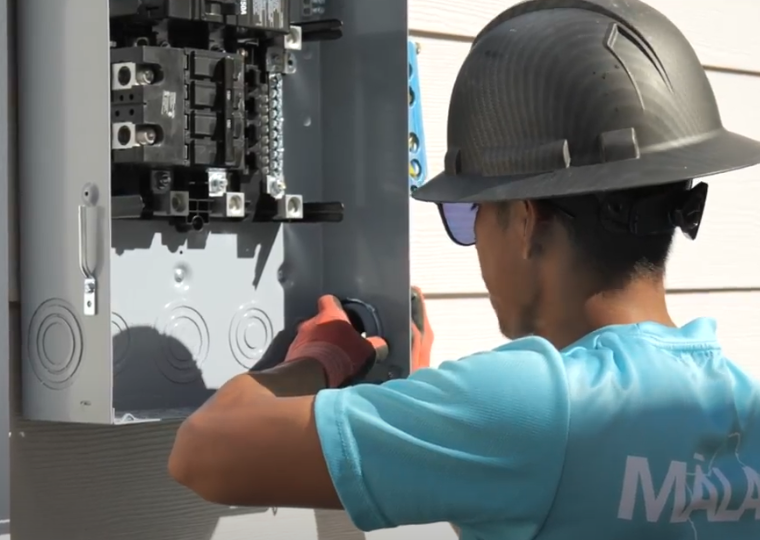Where Does Hawaii Get Its Energy?
While the challenges of sustainable energy are a worldwide issue, Hawaii faces some unique obstacles when it comes to maintaining the electrical grid. Purely due to the nature of being in the middle of the Pacific Ocean, our energy needs for homes, businesses and vehicles have advanced to a point where we’ve been forced to import the majority of our energy production. Consequently, Hawaii suffers from the highest energy costs in the country and a severe lack of energy independence. Hawaii has by far the highest reliance on fossil fuels of any state. To educate ourselves further let’s take a look at the types of energy we use, where they come from and in what amount.
Oil, oil, and more oil
As stated, most of Hawaii’s energy is sourced from fossil fuels, primarily imported petroleum. Roughly 70% of our energy is produced by petroleum and, to a lesser extent, coal burning power plants (at least up through September 2022 when the last coal plant is scheduled to close). Petroleum alone accounts for 60% of our annual imports of any kind. That’s a huge number. Some of that obviously goes to fueling vehicles; however, the bulk of it goes towards powering petrol-based power stations. These stations dwarf our coal & renewable power productions combined, and also lead to Hawaii having the highest electricity cost in the nation.
Where do we get our oil?
As for sourcing, the majority of petroleum imports to Hawaii in recent years have come long distances—from Libya & Russia, with additional amounts from South Sudan & Argentina. And with the Russian invasion of Ukraine, Russian oil is no longer being imported, meaning energy costs are even higher for the end consumer.
Does Hawaii still burn coal?
We can look to the last coal-fired plant in the state: the AES Hawaii power plant, scheduled to close. The coal itself was imported from Indonesia, and the power it produces accounts for a smaller fraction of our total output than either petroleum or renewable sources. The coal industry in general has been dwindling as other energy sources become more affordable, and now that the ,very last coal shipment has been delivered to the island, the state is a little closer to its renewable energy goals.
What renewable energy sources does Hawaii use?
As a whole, renewable energy currently accounts for roughly 30% of our energy production. This includes solar, wind & biomass energy production as the major players. To a smaller extent there are some geothermal & hydroelectric plants in the state. As renewables, the sources for each of these are naturally occurring, available from existing island resources and therefore far less costly than the petrol imports that we rely on.
The challenge for the future is to overcome the reliance on fossil fuels, but that’s challenging in a ,state with a utility monopoly. Renewable energy projects are being undertaken by the state and by various private companies, and residential solar is increasingly supplying more and more of the state’s power. If you’d like to get a head start on energy independence, let us help you take a look at whether solar makes sense for your home.



